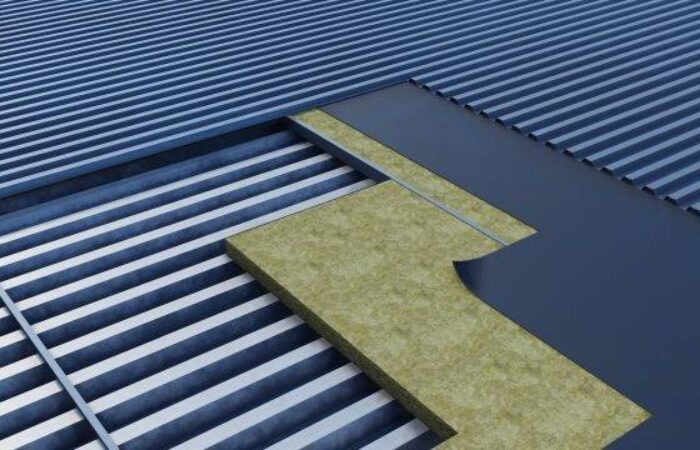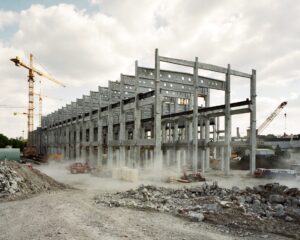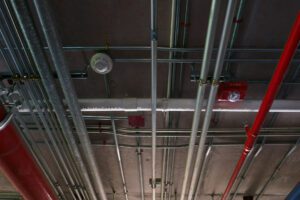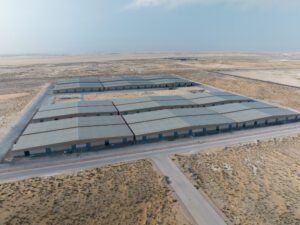Roofing’s insulation is as crucial as its covering. Sequestration has been employed for centuries because of how vital it is to the longevity of your roofing system. Sequestration has evolved and adapted throughout the years, but its original goal – to trap warm air within when it’s needed and let it escape when it’s not – remains the same.
Roof insulation is one particular way to keep a stack of money in your pocket. Temperature sequestration reduces energy use by regulating the underlying structure. When energy is sequestered, the amount of power needed to operate the building drops significantly.
By leaving behind a smaller carbon footprint, conserving energy helps you keep your money in the bank and protects the environment.The roof takes the most abuse from the elements, notably water, of any other portion of the building. Weathering from precipitation (rain, snow, or sun) and the subsequent damage it might cause to roofing materials can impede energy savings and sequestration efforts.
Roof Insulation
The roof’s primary function is to shield the building’s interior from the elements, hence it is an essential component. There can be no protection for the walls or the foundation of a building without it. The roof is the first line of protection against the weather, thus it is essential to insulate it.
Numerous Roofing Insulation Options
There is a wide variety of materials suitable for roof insulation, some of which are readily available, relatively inexpensive, and may be placed without the need for specialized knowledge or equipment.
Blanket Insulation
Blanket insulation is one of the most popular options since it is cheap and simple to set up. Timber battens are used to secure these between the rafters or joists, and they often come in rolls or rafters with foil backing. Insulation blankets can be constructed from a variety of materials including glass wool, mineral fibers, plastic fibers, cotton, and sheep’s wool.
Foam Boards
The insulation is installed using rigid panels that are first trimmed to size. Polystyrene, polyisocyanurate, and polyurethane are the most common types of foam used to make foam boards.
Radiant Barriers
It is in hot climates when radiant barriers truly shine, as they limit heat flow via thermal radiation. You may just attach these to the rafters below. Studies have shown that this particular form of roof insulation is quite effective at heat gain.
Blown-In Insulation
Mineral fibers made from cellulose are blown into an attic to provide insulation. Again, they require specialized equipment and knowledge to install, but they work very quickly and efficiently in areas with restricted access, such as the cracks between roof joints.
Insulation Spray Foam
Polyurethane is the main component of spray foam, which is sprayed as a liquid before expanding to as much as 100 times its initial volume. Once it has dried, it will act as a sound and heat barrier.
Take Away
While adding insulation to your roof may increase your building costs in the short term, the money you save in the long run will more than makeup for it.














